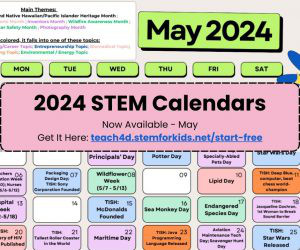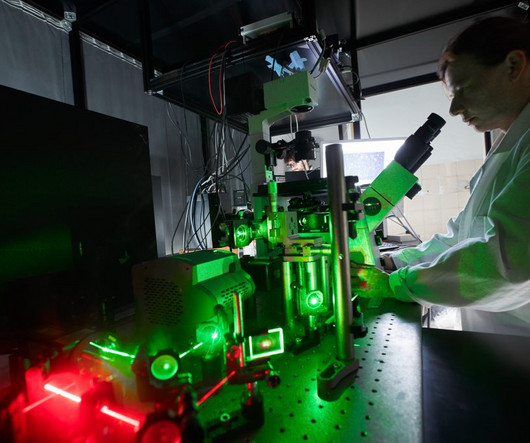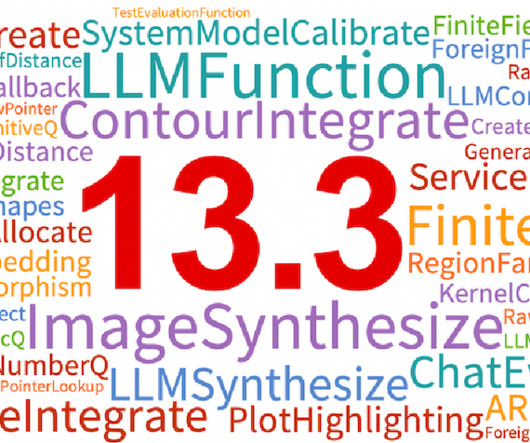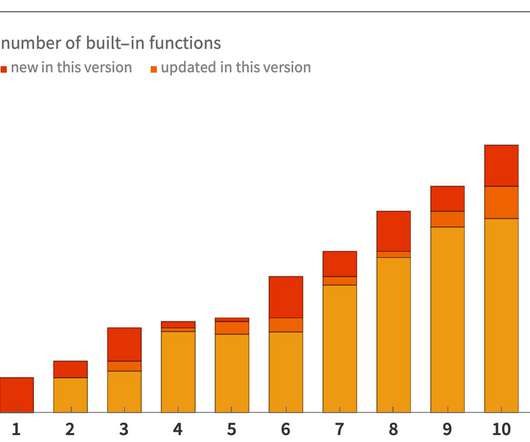STEM Calendar for the Month of May for Educators Everywhere
STEM for Kids
MAY 10, 2024
Astronaut Day: Astronaut Day celebrates the bravery and achievements of those who venture beyond Earth’s atmosphere to explore the cosmos. Maritime Day: Maritime Day commemorates the importance of the maritime industry and its contributions to global trade, transportation, and exploration.












Let's personalize your content